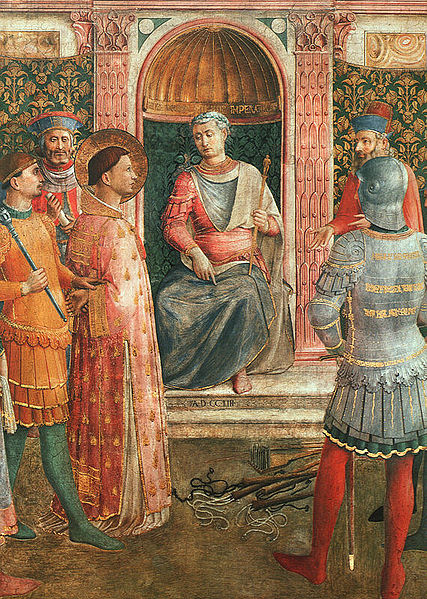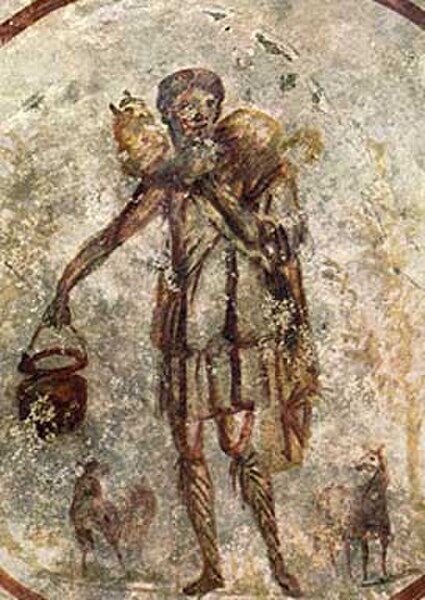First seven ecumenical councils
In the history of Christianity, the first seven ecumenical councils include the following: the First Council of Nicaea in 325, the First Council of Constantinople in 381, the Council of Ephesus in 431, the Council of Chalcedon in 451, the Second Council of Constantinople in 553, the Third Council of Constantinople from 680 to 681 and finally, the Second Council of Nicaea in 787. All of the seven councils were convened in what is now the country of Turkey.
Icon depicting the Emperor Constantine (centre), accompanied by the bishops of the First Council of Nicaea (325), holding the Niceno–Constantinopolitan Creed of 381
Emperor Constantine presents a representation of the city of Constantinople as tribute to an enthroned Mary and baby Jesus in this church mosaic. Hagia Sophia, c. 1000).
Hagia Irene is a former church, now a museum, in Istanbul. Commissioned in the 4th century, it ranks as the first church built in Constantinople, and has its original atrium. In 381 the First Council of Constantinople took place in the church. Damaged by an earthquake in the 8th century, its present form largely dates from repairs made at that time.
The history of Christianity follows the Christian religion as it developed from its earliest beliefs and practices in the first century, spread geographically in the Roman Empire and beyond, and became a global religion in the twenty-first century.
Funerary stele of Licinia Amias on marble, in the National Roman Museum. One of the earliest Christian inscriptions found, it comes from the early 3rd century Vatican necropolis area in Rome. It contains the text ΙΧΘΥϹ ΖΩΝΤΩΝ ("fish of the living"), a predecessor of the Ichthys symbol.
St. Lawrence (martyred 258) standing before Emperor Valerianus
The Oxford and Cambridge Acts of the Apostles – Paul the Apostle's missionary journeys
One of the oldest representation of Jesus as the Good Shepherd from the catacombs of Rome, made around 300 AD






